Introduction to the ancient coffee varieties of Xiao Candle Manor: Lumi Sudanese coffee, which is often used in variety research and development.

Professional coffee knowledge exchange more coffee bean information please follow the coffee workshop (Wechat official account cafe_style)
It is hard to say how big and how big the world of coffee is, but it is understandable that little is known about the current varieties of coffee. In the case of Ethiopia, since it can be called the "coffee gene bank", it has shown that all the varieties of coffee in the world are derived from Ethiopia, and there are still a large number of undiscovered varieties of coffee in Ethiopia.
The coffee varieties we often come into contact with are basically bourbon, iron pickup and Rosa. Today, Qianjie Coffee wants to share with you an ancient coffee variety-Lumi Sultan!
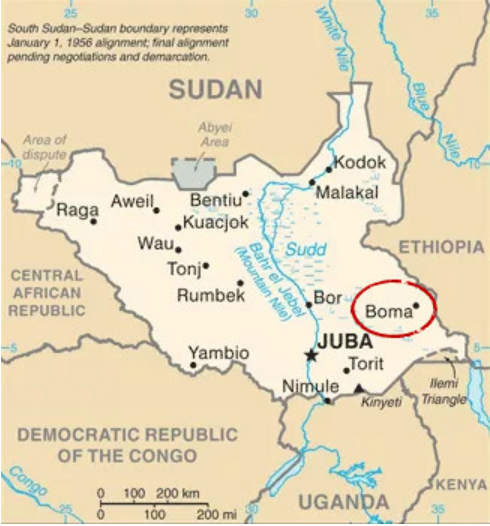
Rumei Sultan RUME SUDAN
Lumi Sultan, also known as RUME SUDAN or SUDAN RUME, is an ancient wild coffee variety. In the coffee pedigree, the history of Lumi Sultan is even longer than that of Ironka and bourbon coffee.
When it comes to coffee producing countries in Africa, Ethiopia must be on the list. South Sudan beans are not well heard of. In fact, South Sudan is a country with wild coffee varieties besides Ethiopia. Coffee here is in the same natural state as Ethiopia, that is, coffee tends to grow in the forest and grows with other plants. This area can be said to be the gene pool of coffee varieties, and many coffee varieties are isolated from this vast gene pool.
The breed of Lumi Sultan was discovered in the Rume Valley Valley of Boma Plateau near the Ethiopian border in southeastern South Sudan in 1940. Code name RS-510, known to the coffee industry, is basically a wild coffee variety, native to tropical African forests in the Marsabit Mountains, characterized by brass leaves.

Until 2015, the bean from Lumi Sudan received attention as the participating bean of the WBC champion Sasa. The coffee tree in Lumei Sudan has high height, medium branch spacing and branch bud spacing, and strong disease tolerance, especially for coffee pulp fruit disease.
At ordinary times, it is rare to see the coffee variety of Lumi Sultan, although it has strong disease resistance, but because the yield is not high, it is rarely planted on a large scale and is basically used for variety research and development. to increase the taste of coffee and improve disease resistance. RS-510 is mixed with better varieties so that coffee farmers can have new hybrids with high yield, strong disease resistance and drinkable, many well-known modern varieties, such as ruiru 11, F1 hybrids and so on.

[breed characteristics]
L dark green broad leaves
L medium branch and bud spacing
L medium branch spacing
L the bean shape is small and long
Although Lumi Sultan is highly respected for its amazing flavor and excellent resistance to coffee berry disease. However, compared with most Arabica varieties, Lumi Sudanese species not only have lower yield, but also are relatively more difficult to grow, and require more care on a daily basis.
Therefore, in the past, few manors will carry out large-scale commercial cultivation, basically used for variety research and development, in order to get better plant disease resistance and coffee taste.

[Costa Rica]
Costa Rica, located in the Central American isthmus, the coffee beans produced at high latitudes are famous in the world, full-bodied, mild in taste, but extremely sour. The coffee beans here have been carefully processed, which is why there is high-quality coffee. Costa Rica, located in the south of SanJos é, the capital of Talasu, is one of the most important coffee growers in the country.
Costa Rica is the country where coffee was first introduced into Central America. It has a long history and has a complete coffee organization from production to marketing system. Because it is located in the Central American Gorge, the volcanic soil is very fertile and the drainage is good, especially in the central plateau CentralPlateau, where coffee is grown for the fertile volcanic ash of the volcanic terrain, mild and suitable temperature, and stable and abundant rainfall, coffee has become one of the factors of major agricultural products. Its coffee beans are all Arabica species. Pure flavor, pleasant aroma, unassailable balance in acidity and taste, coffee with full particles, ideal acidity and unique strong aroma.
Its coffee beans are all Arabica species. Pure flavor, pleasant aroma, unassailable balance in acidity and taste, coffee with full particles, ideal acidity and unique strong aroma.
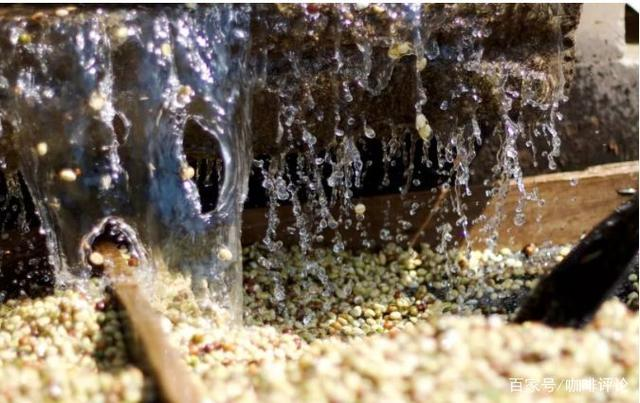
[washing treatment]
| | washing treatment method |
Screening coffee cherries-removing pulp-fermentation-washing-drying-shelling.
Put the selected coffee cherry into the peeling machine and initially remove its skin and pulp; put the coffee beans with residual pectin into water and let them ferment for about 24 hours; after fermentation, wash the coffee beans with parchment in a flow tank to remove their pulp and pectin; dry the coffee beans after cleaning or dry them with the help of a dryer to reduce the moisture content to about 12%. Finally, remove the parchment of raw coffee beans.
[for coffee beans]
Front Street Coffee Costa Rica Lumi Sudan Coffee beans
Sultan Lumi, Costa Rica
Producing area: southern Costa Rica
Manor: thousands of caffeine manors
Altitude: 1250-1380m
Variety: Lumei Sultan
Treatment: washing treatment

[baking curve]
As soon as the curve enters the bean temperature, the lower bean is selected at 175 ℃, and the yellowing point is 5 minutes and 40 seconds, and the 9-minute 39-switch 27 "goes into the first explosion. After the first explosion, it develops into 1-kiln-39-box 28, and the furnace temperature is 191.5 ℃.
When the furnace temperature is 151.2 ℃, the bean meter turns yellow, the smell of grass disappears completely, and enters the dehydration stage, when the furnace temperature reaches 166℃, the firepower is adjusted to 110℃ and the throttle is 4; when the furnace temperature reaches 183.3 and the firepower remains unchanged, open the throttle to 5. When the furnace temperature reaches 188 ℃, reduce the firepower to 50, the throttle will not change.
At the beginning of the explosion, the air door will remain the same, and after the explosion, the development of the air door will not change. After the explosion, it will be developed into the pot at 194.8 ℃.
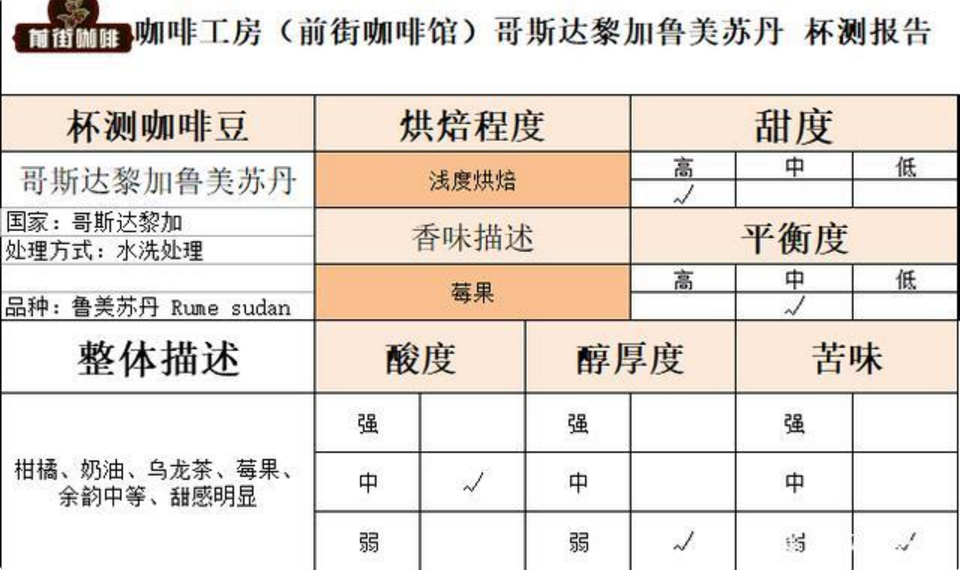
[cup test flavor]
In the cup test, you can feel very obvious citrus tone, cream, slight oolong tea, berry flavor, medium high acidity, moderate sweetness.
Test data of Qianjie Coffee Lumi Sultan Cup

[cooking suggestion]
Cooking parameters: 15g powder, 1:15 powder / water ratio, 90 ℃ water temperature, stage extraction, extraction time 2 minutes. The first stage of water injection 30 grams of steaming 40 seconds (water injection time starts) the second stage of small water injection to 124g, the third stage slightly larger water injection to 225g, time 1: 52 ".
Qianjie coffee brewed Costa Rican Lumi Sultan coffee beans
Looking at the cooked beans, we can see that the particles of the beans vary in size, but they are not as small as the Essex beans, and the overall particle size is medium; the bean shape is longer.
Qianjie Coffee brewing parameters sharing:
Powder quantity: 15 grams; medium fine grinding; filter cup Hario V60; water temperature: 90 ℃; ratio of powder to water: 1: 15; cooking technique: extraction by stages.
When ground into powder, you can smell obvious fermented aroma and spice aroma; wet fragrance has a light fermented aroma, with sour notes of plum and citrus in the mouth, nutty, creamy and chocolate flavor in the middle, oolong tea and sucrose in the end.
END
Important Notice :
前街咖啡 FrontStreet Coffee has moved to new addredd:
FrontStreet Coffee Address: 315,Donghua East Road,GuangZhou
Tel:020 38364473
- Prev
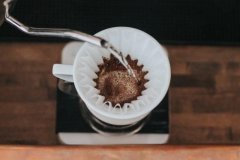
Model article of coffee shop business plan _ introduction of coffee shop products and services
Professional coffee knowledge exchange more coffee bean information please follow the coffee workshop (Wechat official account cafe_style) 1, business profile: coffee: blue Mountain, latte, mocha, cappuccino, Italy, Colombia, Brazil and so on. Coffee is our specialty, all freshly brewed coffee.) Wine: red wine, wine, cocktails, spirits
- Next
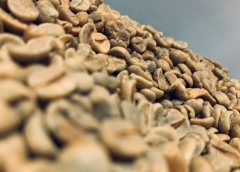
Coffee roasting | how to bake a Brazilian red bourbon | Baking sharing
When you get a raw bean, how can the baker highlight the personality of a bean? this is a great test of the baker's technical skills. Today, let's talk about the change of Brazilian red bourbon in the baking process. ~ half-sun-treated Brazilian red bourbon is produced in South Minas, Brazil, only 1100 meters above sea level, the density of beans is low, the quality of beans is soft.
Related
- What is the standard process for the purpose of coffee cup testing? What is the difference between hand-brewed coffee and cup testing?
- How to use hand-brewed coffee paragon small golden balls? How does cold coffee lock in the aroma of coffee?
- Is American coffee black? What is the difference between American coffee and drip coffee?
- Unexpected! Well-known tea beverage brand Lele Tea will withdraw from the Zhengzhou market!
- Starbucks enters the fashion and beauty industry?! Netizen: Give me an ice American eye cream
- Why can American refills for free? The difference between Americano and American drip pot coffee
- Being chased out of the rain in front of Starbucks?! Store: Sheltering from rain under umbrellas poses a safety hazard
- The white moonlight has changed?! Lucky launches "Big Winter Pear American"
- Hand-brewed coffee three-stage method, high-sweet and universal brewing method to share! What does the high sweet water level of hand-brewed coffee mean?
- What is the difference between raw, refined and full espresso coffee? How to extract espresso and taste good?

